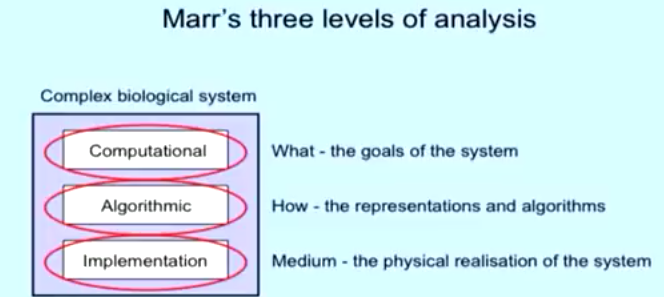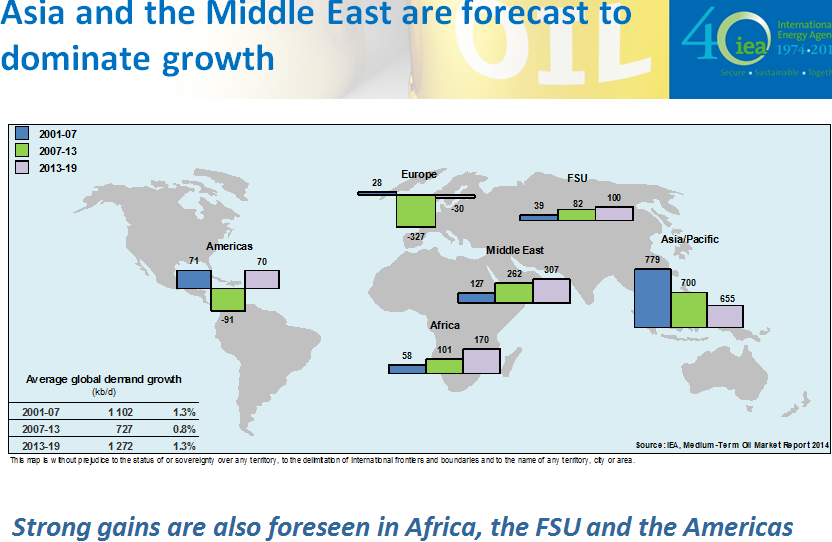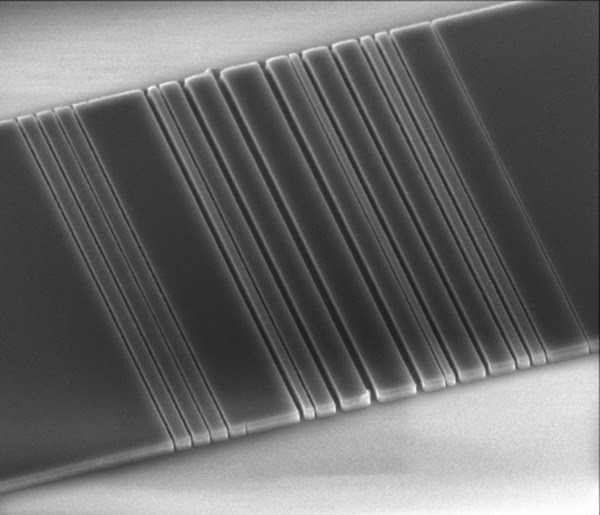Algorithmic Intelligence Quotient
I covered the Shane Legg talk on Algorithmic Intelligence Quotient back in 2010. I am revisiting it with a video of the talk and a paper on it. It is important because Shane Legg works in Deepmind and it is how they guided improvement in their algorithms. Measuring universal intelligence: Towards an anytime intelligence test” …







